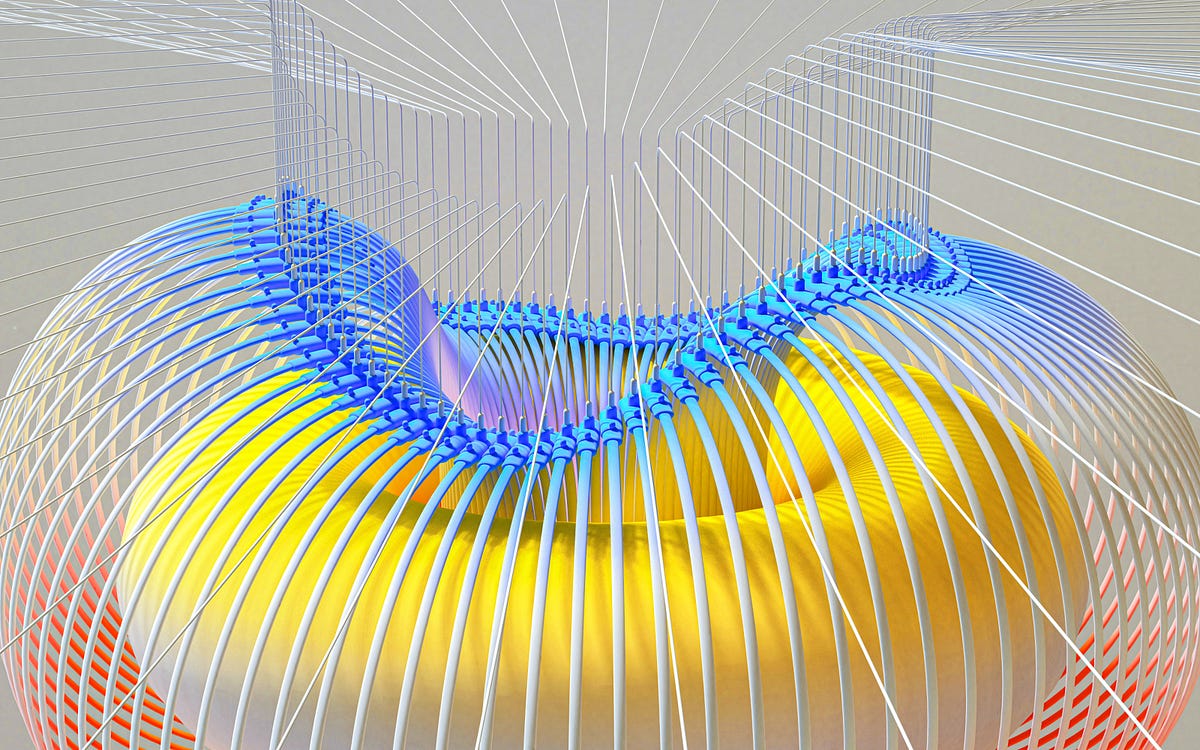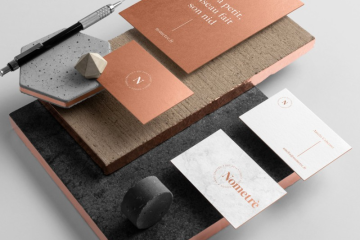Imagine a world where the digital seamlessly blends with the physical. A world where your living room transforms into a fantastical landscape, your reflection becomes a portal to new experiences, and everyday objects hold untapped potential. This isn’t science fiction – it’s the dawning age of the Mirror World.
The LED mirror world leverages advancements in augmented reality (AR) and the Internet of Things (IoT) to create a captivating overlay of our physical reality. It’s a space brimming with possibilities, but to truly captivate users, we need to go beyond just cool visuals. We need to craft an immersive user experience (UX) that resonates on an emotional level.
Why Immersion Matters
Think about the times you’ve felt truly engaged with a game, movie, or even a conversation. Chances are, you were completely immersed in the experience. Immersion allows us to suspend disbelief, tap into our emotions, and create lasting memories. The same principle applies to the Mirror World.
A well-crafted UX can transform users from passive observers into active participants. It can evoke feelings of wonder, excitement, and even a sense of accomplishment. Consider a fitness app that gamifies your workout by overlaying a fantastical jungle gym in your living room. The mundane becomes magical, and exercise becomes a thrilling adventure.
Building Bridges: Emotions in the Mirror World
So, how do we design experiences that truly resonate with users? Here’s where understanding human emotions plays a crucial role.
- The Power of Storytelling: Stories have the ability to transport us, make us laugh, cry, and connect on a deeper level. The Mirror World can be a canvas for interactive storytelling. Imagine exploring a virtual museum where historical figures come alive, sharing their stories directly with you.
- Eliciting Positive Emotions: Let’s face it, life can be stressful. The Mirror World can be a refuge, a place to escape into joy and wonder. Imagine using AR to paint the night sky on your ceiling, bringing the constellations to life with interactive stories and calming soundscapes.
- A Sense of Accomplishment: Humans crave a sense of progress. The Mirror World can create personalized experiences that allow users to achieve goals, big or small. Imagine learning a language by conversing face-to-face with a virtual tutor in a simulated Parisian cafe.
- Building a Sense of Community: We are social creatures. The Mirror World can foster a sense of connection by creating shared experiences. Imagine participating in a virtual dance party with friends from all over the world, projected right in your living room.
Crafting a Seamless Mirror World UX
While emotions are the heart of immersion, there are technical considerations as well:
- Intuitive Interaction: The Mirror World should be accessible and user-friendly. Gestural controls, voice commands, and even natural language processing can make interaction seamless.
- Sensory Integration: AR experiences shouldn’t be limited to sight alone. Spatial audio, haptic feedback, and even temperature control can further blur the lines between real and virtual.
- Personalization: A one-size-fits-all approach won’t cut it. The Mirror World should adapt to different user preferences, learning styles, and even emotional states.
- Deepening the Dive: Practical Tips for Mirror World UX Design
We’ve established the importance of crafting an emotionally resonant UX for the LED mirror world. But how do we translate this theory into practice? Here are some actionable tips to consider:
1. User Research is Key:
Before diving headfirst into development, prioritize user research. Understand your target audience’s pain points, desires, and emotional triggers. Conduct surveys, and user interviews, and even create user personas to gain a deep understanding of who you’re designing for.
2. Design for Discovery:
The Mirror World shouldn’t be overwhelming. Create intuitive onboarding experiences that introduce users to the core functionalities and showcase the emotional potential of the platform.- Think of interactive tutorials disguised as playful adventures. Imagine a friendly AR avatar guiding users through the functionalities by embarking on a scavenger hunt within their own homes.
- 3. Embrace the Power of Haptics and Spatial Audio:
Sight is powerful, but don’t underestimate the impact of other senses.- Imagine learning a new language with interactive objects. Imagine a user picking up a virtual book in the Mirror World, feeling the simulated texture of the pages, and hearing the words pronounced with spatial audio, creating a truly immersive language learning experience.
- 4. Leverage the Power of AR for Real-World Applications:
The Mirror World isn’t just about fantastical experiences. It can enhance everyday tasks and interactions:- Imagine using AR to transform your bathroom mirror into a virtual smart assistant. Get personalized health tips, weather updates, or even practice yoga poses with an instructor mirrored in real-time.
- 5. Safety and Privacy First:
As with any new technology, security and privacy are paramount. Develop clear data usage policies and prioritize user control over their personal information.- Consider implementing opt-in features where users can choose the level of immersion and data sharing they’re comfortable with.
- 6. Building an Emotionally Intelligent Mirror World:
The future of UX lies in technology that can understand and respond to human emotions. Imagine a workout app that adjusts its difficulty based on your perceived fatigue or a virtual museum guide that tailors its narration based on your expressions.
Ethical Considerations and the Human Touch:
While the Mirror World offers incredible potential, ethical considerations are crucial. We must ensure that this technology enhances human connection, not replaces it.- Focus on experiences that encourage real-world interaction. Imagine an AR app that facilitates interactive treasure hunts with friends, drawing them out of their living rooms and into a collaborative exploration of their local environment.
- Mirror World UX: A Collaborative Journey
The Mirror World is a blank canvas waiting to be painted. Its success hinges on collaboration between designers, developers, artists, and most importantly, users.- Host workshops and hackathons to encourage user participation in the design process. Gather feedback and iterate based on real-world experiences.
- The Mirror World has the potential to revolutionize the way we interact with technology. By prioritizing user experience, emotional engagement, and ethical considerations, we can usher in a future that is both technologically advanced and deeply human. The possibilities are endless, and the future is waiting to be explored.
The Future is a Mirror
The Mirror World is still in its nascent stages, but its potential is vast. From education and entertainment to healthcare and retail, the possibilities are endless. However, for it to truly succeed, we need to prioritize crafting user experiences that are not just functional, but emotionally engaging.
As designers and developers, we have the opportunity to shape the future of the LED mirror world. Let’s build a world that sparks joy, ignites creativity, and fosters deeper connections.
This is just the beginning of our exploration. The Mirror World holds the potential to transform the way we live, work, and play. By harnessing the power of emotions and user experience, we can create a future that is not only technologically advanced but also deeply human.




